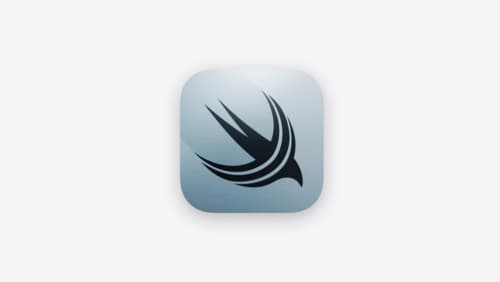Do SwiftData objects conform to Observable?
Asked on 2024-08-02
1 search
Yes, SwiftData objects do conform to Observable. This is mentioned in the Platforms State of the Union session, where it is highlighted that SwiftData integrates well with SwiftUI, making it easier to work with queries while iterating on views. This implies that SwiftData objects can be observed for changes, which is a key feature of the Observable protocol in SwiftUI.

What’s new in SwiftData
SwiftData makes it easy to add persistence to your app with its expressive, declarative API. Learn about refinements to SwiftData, including compound uniqueness constraints, faster queries with #Index, queries in Xcode previews, and rich predicate expressions. Join us to explore how you can use all of these features to express richer models and improve performance in your app. To discover how to build a custom data store or use the history API in SwiftData, watch “Create a custom data store with SwiftData” and “Track model changes with SwiftData history”.

SwiftUI essentials
Join us on a tour of SwiftUI, Apple’s declarative user interface framework. Learn essential concepts for building apps in SwiftUI, like views, state variables, and layout. Discover the breadth of APIs for building fully featured experiences and crafting unique custom components. Whether you’re brand new to SwiftUI or an experienced developer, you’ll learn how to take advantage of what SwiftUI has to offer when building great apps.

Platforms State of the Union
Discover the newest advancements on Apple platforms.
